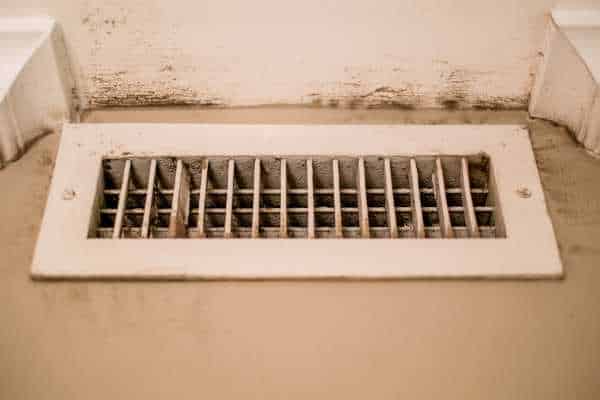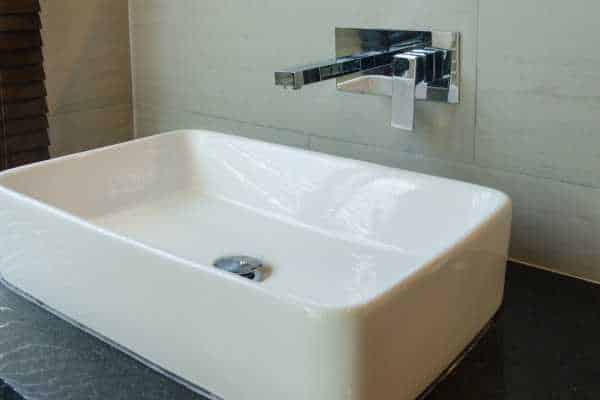Installing an island sink in your kitchen offers aesthetic appeal and functional benefits, but proper venting is crucial to its performance and your home’s plumbing health. This guide will delve into the essential techniques on how to vent an island sink, ensuring smooth operation and compliance with building codes. Whether you’re a seasoned DIY enthusiast or a professional looking for a refresher, our comprehensive steps and expert tips will help you execute this project with confidence. From choosing the right venting method to troubleshooting common issues, we’ll cover all the bases to help you maintain an efficient and safe kitchen setup.
Importance of Proper Ventilation for Island Sinks

Proper ventilation for island sinks is essential to prevent potential issues such as slow drainage and foul odors. Ensuring that your island sink is correctly vented maintains the necessary air balance within your plumbing system, allowing wastewater to flow smoothly without causing a vacuum effect. This not only enhances the efficiency of your sink but also safeguards your home from harmful sewer gases. Additionally, adhering to building codes with appropriate venting solutions can significantly boost the longevity and functionality of your kitchen’s plumbing infrastructure, contributing to a healthier, more hygienic cooking environment.
Exploring Different Venting Options for Island Sinks
When planning to install an island sink, selecting the right venting option is crucial for ensuring functionality and adhering to local building codes. Two popular methods are the traditional loop vent and the modern air admittance valve (AAV). Loop vents, often hidden within base cabinetry, require a bit more space and piping but are highly effective. On the other hand, AAVs offer a less intrusive installation, ideal for tighter spaces without sacrificing air regulation. Each method has its unique benefits and considerations, making it important to evaluate your kitchen’s layout and plumbing requirements before deciding on the best solution for your island sink.
How to Install a Standard Vent for an Island Sink

Installing a standard vent for an island sink involves a few crucial steps to ensure it functions correctly and meets building regulations. Start by determining the ideal location for the vent in relation to the sink and ensuring it will run upward through the inside of the cabinet. Next, connect the sink’s drain to the vent using appropriate PVC pipes and fittings, ensuring all connections are secure and leak-free. It’s essential to maintain a minimum slope towards the drain to facilitate proper drainage. Finally, verify that the vent exits the building in a code-compliant location, typically through the roof, to effectively remove gases and odors from your plumbing system.
Step-by-Step Guide to Loop Vent Installation
Starting the installation of a loop vent for your island sink begins with measuring the distance from the drain to where the vent will loop upwards. Ideally, place the loop as close to the sink as possible to maximize efficiency. Next, connect the drain line to the loop, ensuring all fittings are secure and leak-free. The vent should then rise above the sink’s flood level, which prevents backflow. After routing the vent back down, connect it to the main drain line. Testing the installation for leaks and proper airflow is critical before finalizing the setup. This method ensures that your island sink drains quickly and remains free from clogs and odors.
The Role of Air Admittance Valves in Island Sink Venting

Air admittance valves (AAVs) play a crucial role in the venting of island sinks by allowing air to enter the plumbing system to maintain proper drainage flow while preventing sewer gases from entering the home. These valves are particularly useful in setups where conventional venting is impractical due to space constraints or complex pipe layouts. AAVs can be installed under the sink within the cabinet, making them an ideal solution for islands that cannot connect directly to main vent stacks. By using an AAV, homeowners can ensure efficient Basin operation and adherence to building codes, all while simplifying the installation process.
Comparing Loop Venting and Air Admittance Valves
Loop venting and air admittance valves (AAVs) offer distinct approaches to managing the air pressure and waste in island sinks. Loop venting, which constructs a physical loop in the plumbing to act as a barrier against sewer gases, ensures a continuous airflow essential for proper drainage. Conversely, AAVs operate as mechanical vents that open to equalize pressure within the plumbing system only when negative pressure occurs, making them a compact and efficient alternative. While loop venting is valued for its durability and compliance with traditional plumbing practices, AAVs are favored in scenarios where space is limited or where installation of conventional venting is challenging. Choosing between them typically depends on specific plumbing requirements and space constraints.
Common Mistakes to Avoid in Island Sink Venting

Venting an island sink can be tricky, and overlooking key details often leads to plumbing mishaps. One frequent error is using inadequate vent size, which restricts airflow and hampers drainage. Another mistake is improper placement of the air admittance valve (AAV), if used, which must be higher than the drain line to function correctly. Additionally, DIY installers sometimes forget to ensure that the vent system is airtight, causing leaks and potential blockages. By paying close attention to these aspects, you can avoid common pitfalls and ensure a smooth and effective installation.
Tools and Materials Needed for Venting an Island Sink
Embarking on a DIY project to vent your island sink requires a specific set of tools and materials. You will need PVC pipes, a PVC glue kit, an air admittance valve, pipe fittings, a hacksaw, and a measuring tape to ensure accurate installation. It’s also advisable to have a level and a stud finder to facilitate precise placement and support for the vent system. Gathering these items beforehand can streamline the process, minimize potential complications, and ensure that your sink’s venting system is both effective and up to code. These tools and materials are crucial for a successful installation, providing a solid foundation for your kitchen’s plumbing.
Professional Tips for Ensuring Efficient Sink Ventilation

Achieving efficient ventilation for an island sink hinges on precise installation and maintenance. Ensure the vent pipe is correctly sized to handle the drainage needs of your Basin. Optimal placement of air admittance valves can also enhance airflow and prevent water lock, which disrupts drainage. Regularly inspecting the system for clogs or obstructions is crucial, as these can impede proper ventilation. Incorporating a loop vent system may offer a more robust solution by creating a dedicated path for air flow, minimizing risks of pressure buildups. By following these professional tips, you can maintain a well-ventilated island Basin that performs optimally and remains compliant with plumbing standards.
Troubleshooting Common Venting Issues
Encountering issues with your island sink’s venting can lead to frustrating plumbing problems. If your sink is draining slowly or producing gurgling sounds, it may indicate a blockage or improper installation of the venting system. To resolve these issues, first check for clogs in the vent pipe, which can often be cleared with a plumber’s snake. Ensure that the air admittance valve, if used, is functioning correctly and not stuck closed. Regularly inspecting and maintaining the vent setup can prevent these problems from recurring, keeping your island Basin running smoothly and efficiently.
Conclusion
Successfully venting an island sink is key to maintaining a functional and efficient kitchen setup. By following the correct installation methods and staying informed about the various venting options, you can ensure that your island Basin operates optimally without any plumbing hassles. Whether you’ve opted for a traditional loop vent or an innovative air admittance valve, proper maintenance and periodic checks will help avoid common issues. Remember, a well-vented island Basin not only supports the plumbing system but also enhances the overall functionality and value of your kitchen. Armed with this knowledge, you’re well-equipped to tackle any challenges that come your way.

